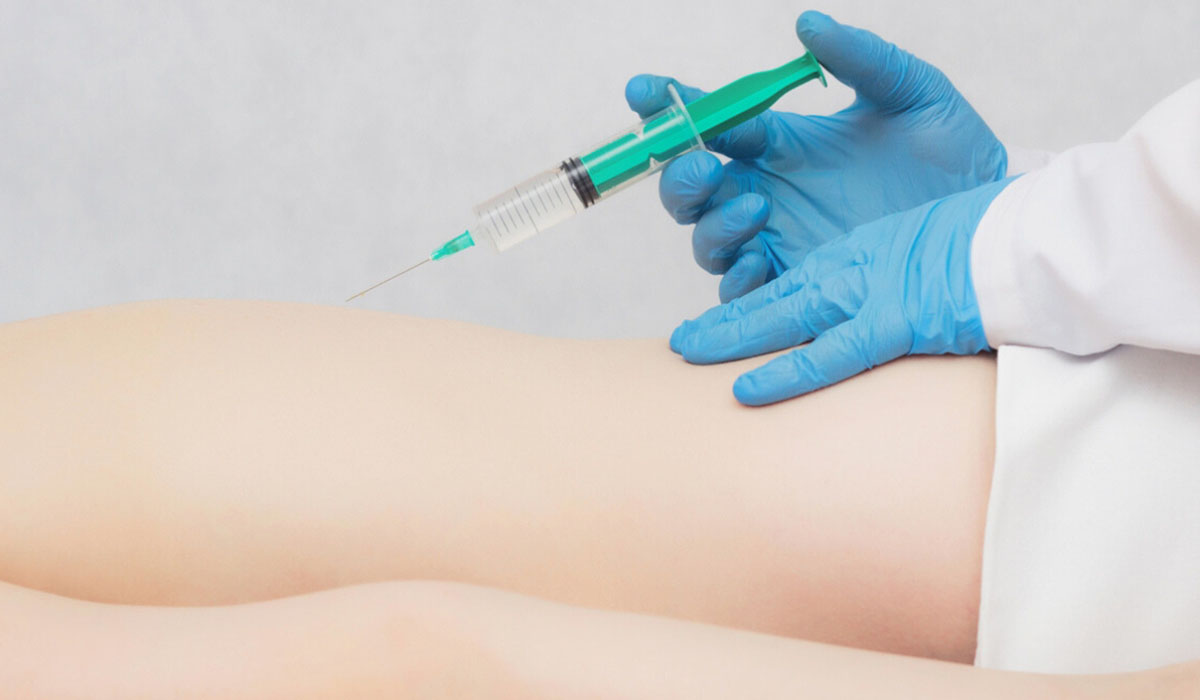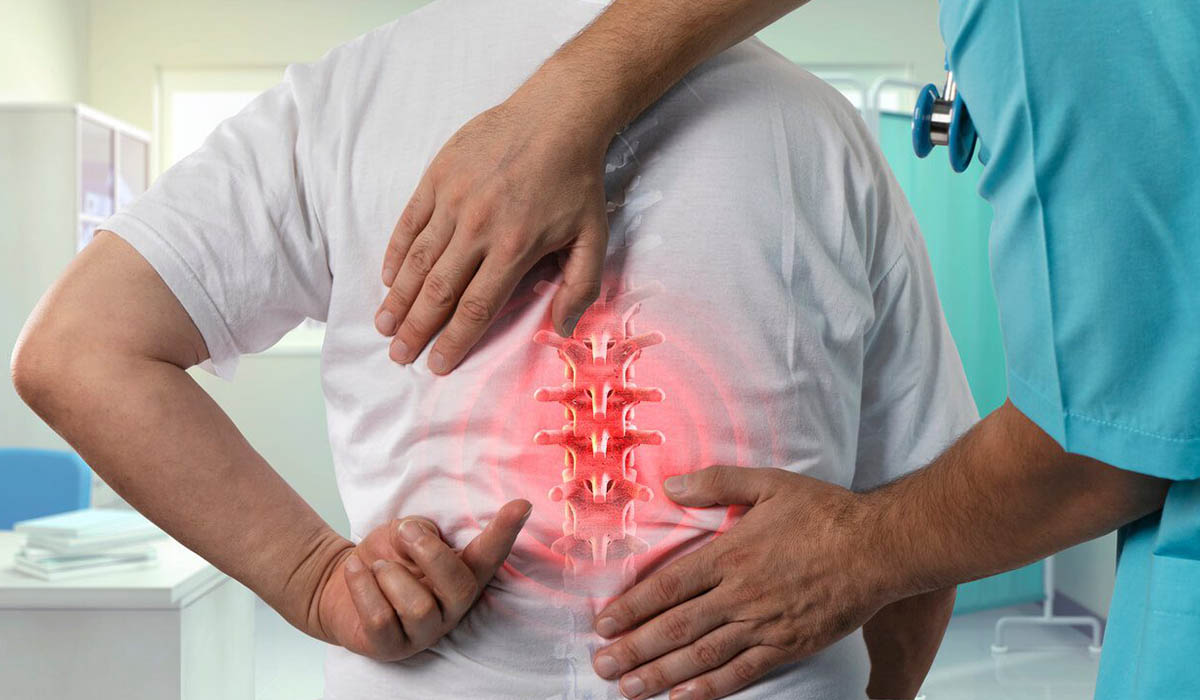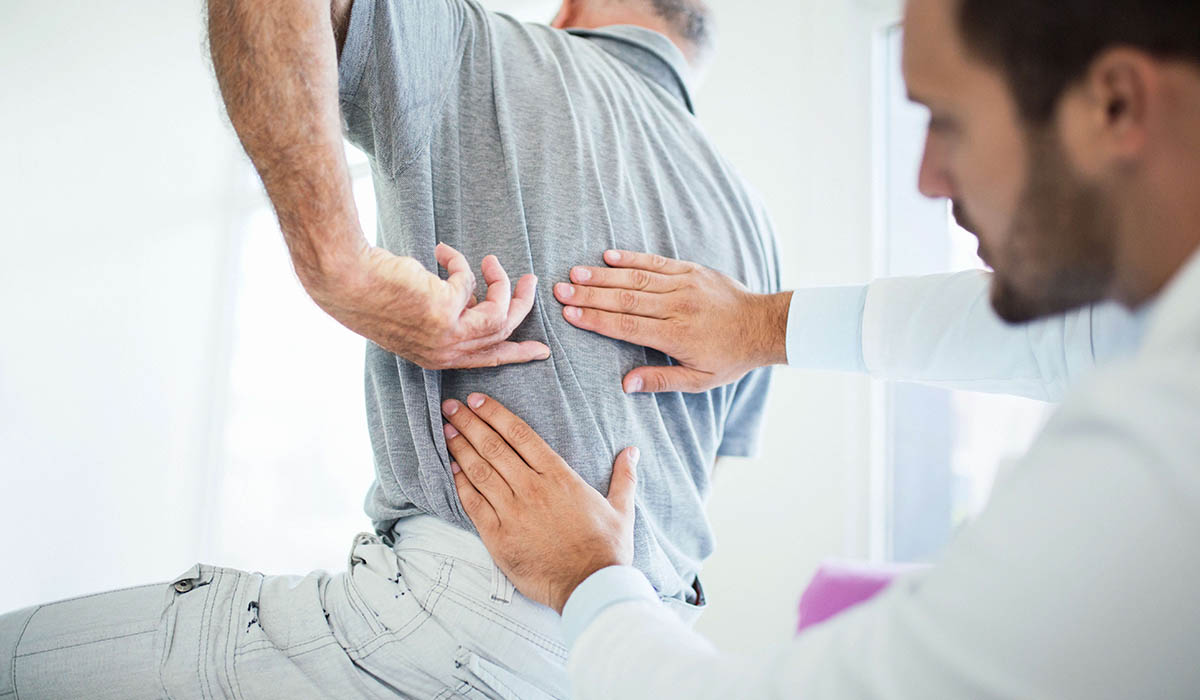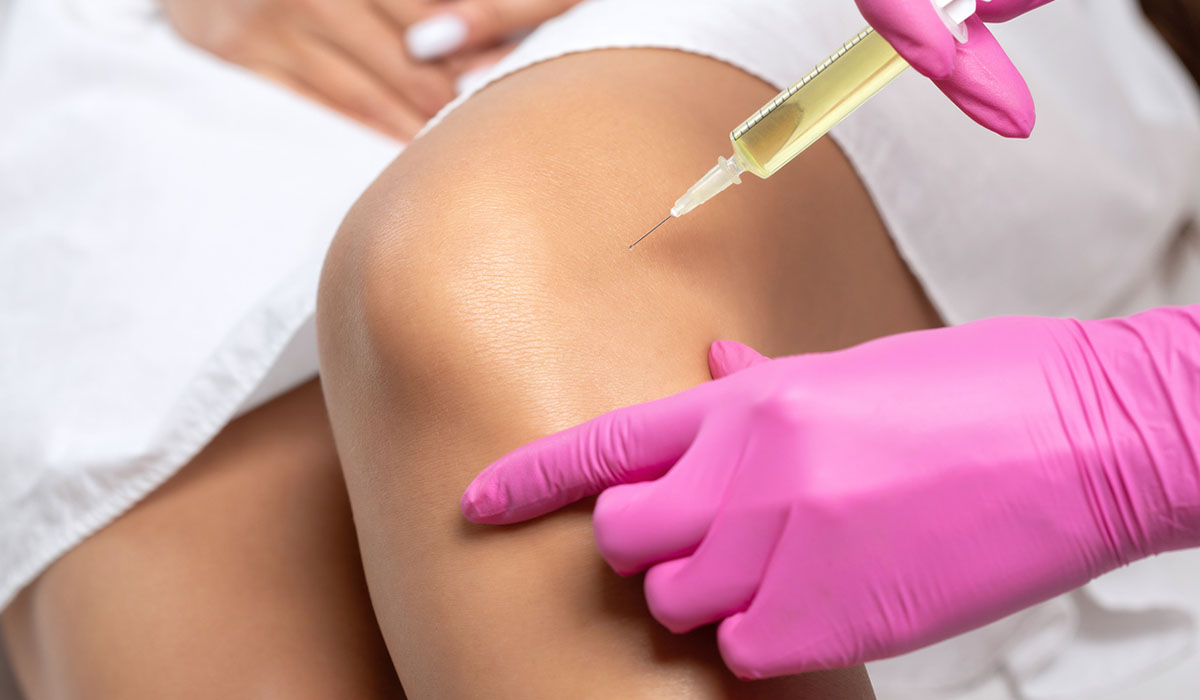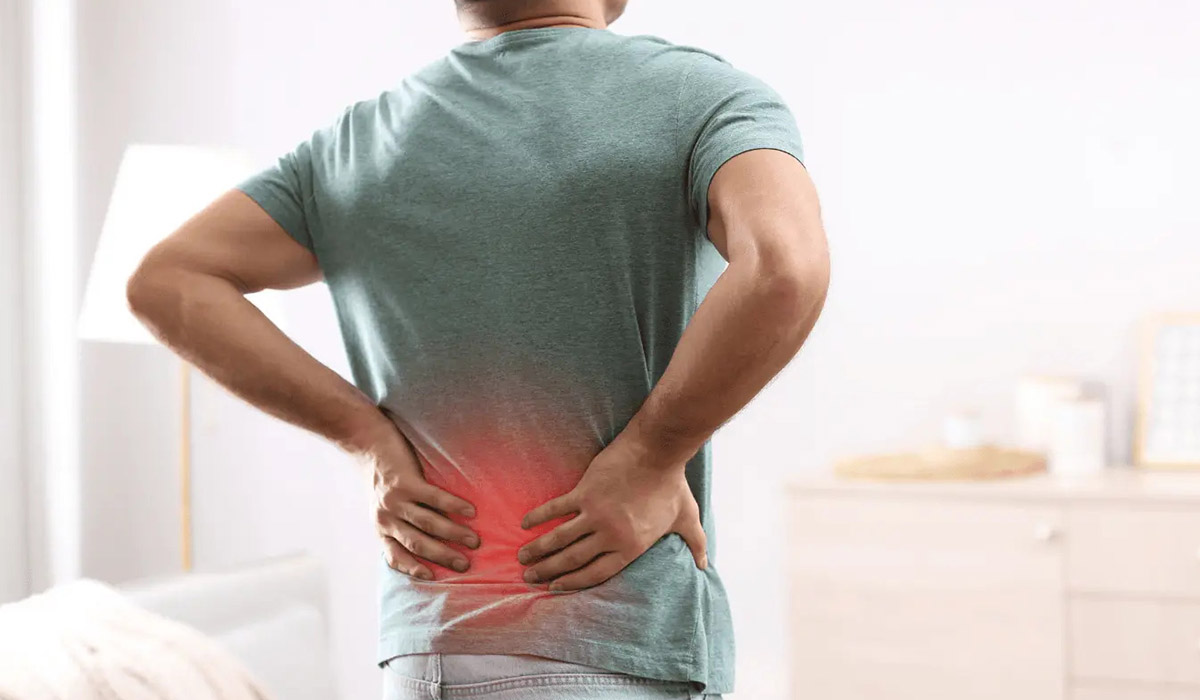Chronic pain is a debilitating condition affecting millions of people worldwide. Whether it stems from arthritis, fibromyalgia, herniated discs, or neuropathy, chronic pain can drastically impact quality of life by limiting mobility, affecting mood, and interfering with daily activities. While traditional pain management approaches like medications, physical therapy, and surgery offer relief to some, they often come with limitations and side effects. In recent years, a cutting-edge treatment called ozone therapy has emerged as a promising solution — offering natural, minimally invasive, and long-lasting pain relief. But what exactly is ozone therapy, and how does it work?
What is Ozone Therapy?
Ozone therapy is a form of regenerative medicine that uses medical-grade ozone — a molecule made up of three oxygen atoms (O₃) — to stimulate the body’s healing processes. Unlike the oxygen we breathe (O₂), ozone has powerful oxidative properties that help improve oxygen delivery to tissues, reduce inflammation, and promote cellular regeneration.
When administered appropriately by a trained specialist, ozone can be introduced into the body through various methods including:
- Injection directly into joints or muscles
- Autohemotherapy (where blood is drawn, mixed with ozone, and reinfused)
- Topical application
- Rectal or vaginal insufflation
Ozone therapy has been used for decades in Europe and is gaining popularity globally for its therapeutic benefits across a wide range of conditions, especially chronic pain.
How Does Ozone Therapy Work for Pain Relief?
The effectiveness of ozone therapy in managing chronic pain lies in its ability to address the root causes of pain rather than just masking the symptoms. Here’s how it works:
- Anti-Inflammatory Action
One of the primary causes of chronic pain is ongoing inflammation in muscles, joints, and nerves. Ozone therapy significantly reduces inflammation by modulating the immune response and reducing the production of pro-inflammatory cytokines. This results in a decrease in swelling, stiffness, and pain.
- Improved Oxygenation
Tissues damaged by inflammation or injury often suffer from poor oxygen supply, which slows healing. Ozone enhances oxygen delivery and metabolism in these tissues, promoting faster recovery and improved function.
- Stimulation of Natural Healing Mechanisms
Ozone triggers the production of antioxidants and growth factors, stimulating the regeneration of cartilage, ligaments, and tendons. This makes it especially effective for conditions like osteoarthritis, degenerative disc disease, and tendonitis.
- Pain Receptor Modulation
Ozone may desensitize certain pain receptors in the body, leading to reduced pain perception. This effect is beneficial in neuropathic pain conditions like sciatica or post-herpetic neuralgia.
Conditions That Respond Well to Ozone Therapy
Ozone therapy can be particularly beneficial for a variety of chronic pain conditions, including:
- Osteoarthritis (knee, hip, shoulder, etc.)
- Rheumatoid arthritis
- Fibromyalgia
- Sciatica and back pain
- Herniated or bulging discs
- Tennis elbow and frozen shoulder
- Carpal tunnel syndrome
- Migraine and tension headaches
- Chronic pelvic pain
Several studies have shown that patients with these conditions experienced significant improvements in pain, mobility, and quality of life after ozone therapy sessions.
Benefits of Ozone Therapy Over Conventional Treatments
Traditional treatments like NSAIDs, opioids, or corticosteroid injections come with a variety of risks, including dependency, gastrointestinal issues, and immune suppression. In contrast, ozone therapy offers numerous advantages:
- Non-addictive and drug-free
- Minimal side effects
- Promotes actual healing, not just symptom relief
- Short treatment sessions
- Safe and natural when administered by trained professionals
Ozone therapy is also compatible with other treatments like physiotherapy or regenerative injections (PRP, stem cells), making it a versatile addition to integrative pain management plans.
Is Ozone Therapy Safe?
Yes, ozone therapy is generally safe when administered correctly under medical supervision. The therapy has been practiced for over 100 years and has a well-documented safety record. However, it is essential to seek treatment from qualified professionals who are experienced in medical ozone application, as improper administration can lead to complications.
Side effects are rare but may include temporary dizziness, fatigue, or mild discomfort at the injection site. A thorough evaluation by your pain specialist ensures the treatment is tailored to your unique condition and health status.
What to Expect During a Session
A typical ozone therapy session for chronic pain relief is straightforward and lasts around 30 to 45 minutes. Depending on the condition, the physician may:
- Inject ozone directly into the affected joint or muscle.
- Use autohemotherapy to activate your immune response.
- Apply ozone gas in a localized area using a bag or cup system.
Most patients report gradual improvement after a few sessions, although some experience relief after the very first treatment. A complete course may involve 3–10 sessions spaced over several weeks, followed by maintenance sessions if necessary.
Why Choose Nexus Advanced Pain Management?
At Nexus Advanced Pain Management, we understand how chronic pain can take a toll on every aspect of your life — physically, emotionally, and socially. Our team of experienced pain specialists is committed to offering innovative, non-surgical solutions that target the root causes of pain. As one of the pioneers in integrating ozone therapy for chronic pain in India, we bring together modern science and advanced technology to deliver personalized care that truly makes a difference.
We specialize in ozone therapy for arthritis, back pain, neuropathy, and joint disorders, helping patients reduce or eliminate their dependence on pain medications and avoid surgery. Our goal is to help you regain your mobility, restore your function, and reclaim your quality of life — safely and naturally.
Final Thoughts
Chronic pain doesn’t have to be a life sentence. With emerging therapies like ozone treatment, you now have access to a safe, effective, and minimally invasive option for long-term pain relief. If you’re tired of living with constant pain and looking for a solution that treats the cause — not just the symptoms — ozone therapy might be the breakthrough you need.
To learn more or to schedule a consultation, visit Nexus Advanced Pain Management — where healing begins with innovation.

